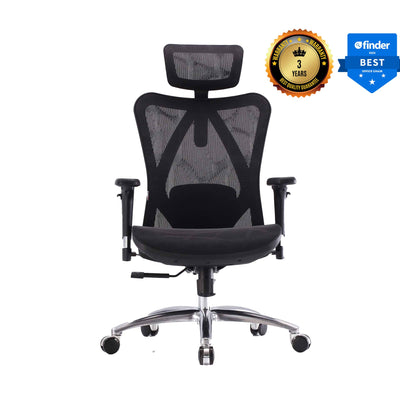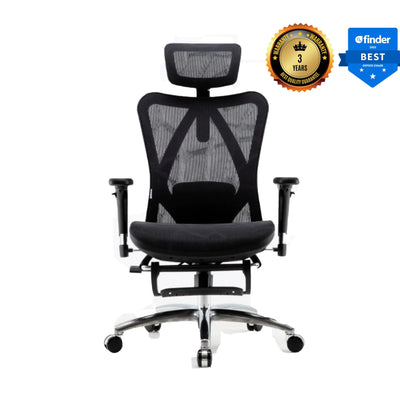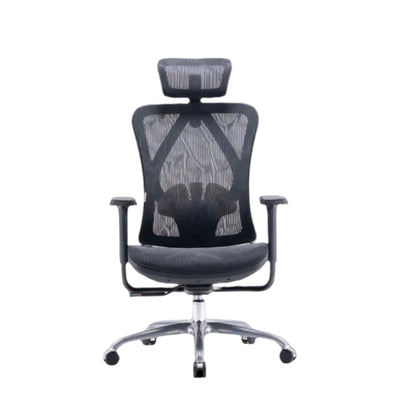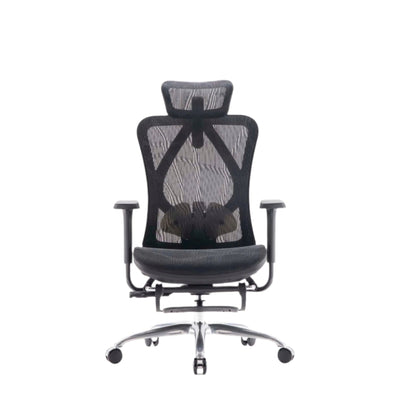
Starting a business can feel thrilling, daunting and unpredictable all at once. Every founder wonders how much to setup a company before launching bold ideas into the world. Budgeting gives you clarity. It transforms uncertainty into numbers and turns ideas into a living plan you can actually follow.
Why Smart Budgeting Shapes Your Success
Budgeting goes beyond spreadsheets. It builds confidence, reveals hidden risks and attracts support from people who want to see you succeed. It also prevents accidental overspending. Founders who embrace budgeting understand exactly where money flows. They’re prepared to invest wisely and trim costs where needed, especially in their first crucial year of operation.
A thoughtful budget becomes your company’s anchor. It highlights essential expenses, funding gaps and revenue goals. It also helps investors trust your vision. Without it, many startups burn cash quickly and struggle to survive.
Step 1: Map Out Startup Costs Before Launch
Your first step is to identify every cost before you open your doors. Ask yourself repeatedly how much to setup a company so nothing slips through. Consider your registration, legal fees, technology needs, workspace, and marketing. Write everything down. These early figures build the foundation for your financial runway.
Business Formation and Legal Costs
You’ll likely need to register a business, secure permits and pay professional fees. Many founders also hire lawyers to draft contracts and protect intellectual property. These are non-negotiable expenses because compliance matters. Paying them upfront saves you future penalties and delays.
Equipment and Technology Essentials
Hardware, software and digital tools keep your venture running. Invest in computers, tablets, payment systems or manufacturing gear. Don’t forget website development, hosting and domains. Even a small startup needs reliable tech to compete. Seek affordable solutions at first and upgrade as revenue grows.
Workspace and Utilities
A modern business can run from a home office, coworking space or a virtual address. Budget for rent, utilities, internet and furnishings. Choose flexible agreements over long leases. Spending less on premises means more cash left for innovation.
Marketing and Branding Foundations
Your brand identity sets you apart. Budget for logo design, website creation, photography and initial ad campaigns. Consider social media ads, search optimisation and press releases. Focus on storytelling that draws early customers and builds trust before your grand launch.
Inventory and Supply Chain Planning
If you’re selling physical goods, buy initial stock early. Factor in packaging, delivery costs and storage. Ask suppliers about discounts for bulk orders. Keep your inventory lean until you have proven demand.
Professional Services and Support
Accountants, bookkeepers and consultants give structure to your finances. Outsourcing specialised tasks like design or copywriting can save time and energy. Choose partners who understand startups and can offer flexible pricing.
Create a Contingency Fund
Unexpected costs are inevitable. Set aside at least ten per cent of your total startup costs as a buffer. This safety net gives peace of mind.
Step 2: Estimate Ongoing Monthly Expenses
Once your doors open, your budget shifts from one-time costs to recurring expenses. Track these carefully because they decide your survival. Include salaries, rent, software subscriptions, insurance and marketing. Estimate a monthly burn rate and adjust it as your real numbers appear.
Include your own pay in these calculations. Founders often forget to budget their living costs. Without personal income, you may feel pressured to withdraw too much from company funds.
Step 3: Find Your Break-Even Point
Your break-even point tells you how much revenue covers all costs. It’s your survival target. Calculate fixed costs, then divide by the margin left after variable expenses. This gives the number of units or services you must sell to break even.
Pricing your product correctly depends on this figure. If the target feels too high, reduce costs or raise prices. Doing this early protects your cash flow.
Step 4: Secure the Right Funding Mix
After calculating costs, decide how to finance them. Personal savings, loans, grants and investors all come with pros and cons. Be clear about repayment schedules and equity trade-offs. Many governments offer incentives to small businesses. Research your options thoroughly before committing.
Step 5: Build a Flexible Budget Template
A working template brings everything together. List one-time startup costs, ongoing monthly expenses, projected revenue and cash flow forecasts. Use accounting software or a detailed spreadsheet. This document becomes your financial compass as your business evolves.
Step 6: Use Conservative Numbers
Entrepreneurs tend to be optimistic. Budgeting requires caution. Estimate expenses at their highest and income at its lowest. This conservative approach builds a natural safety margin. It also impresses potential investors with your realism.
Step 7: Monitor and Adjust Every Month
Your budget is alive. Review it monthly, comparing actual figures to your plan. Track spending patterns, update forecasts and cut unnecessary costs. The sooner you see deviations, the faster you can correct them. This discipline transforms your budget into a powerful decision-making tool.
An Illustrative Startup Budget
Imagine you’re launching an online retail brand from home. Your budget might look like this:
|
Category |
Estimated Cost (A$) |
|
Registration and legal |
2,000 |
|
Website development |
6,000 |
|
Initial inventory |
12,000 |
|
Home office setup |
3,000 |
|
Marketing |
4,500 |
|
Professional services |
2,500 |
|
Contingency (10%) |
3,000 |
|
Total Startup Costs |
33,000 |
Then estimate your monthly expenses:
|
Monthly Expense |
A$ |
|
Inventory replenishment |
4,000 |
|
Marketing campaigns |
1,500 |
|
Internet and software |
400 |
|
Miscellaneous & insurance |
800 |
|
Total Monthly Expenses |
6,700 |
Knowing these numbers shows how much cash you’ll need before revenue covers costs.
Common Budgeting Mistakes to Avoid
Many founders underestimate working capital requirements. They forget that invoices can be paid late, leaving them without cash to pay bills. Others overspend on non-essential items like premium office décor. Focus your budget on activities that generate revenue. Always include taxes, and keep a contingency plan for emergencies.
Tips for Keeping Startup Costs Low
Start lean. Use coworking spaces, second-hand equipment or free digital tools. Outsource selectively to freelancers for specialised work. Leverage technology to automate tasks like accounting, marketing and customer service. Negotiate with suppliers and landlords. Test your idea with a pilot before investing heavily.
How Much Should You Budget Overall?
Costs differ across industries. A small home-based venture may need less than A$10,000. Retail or service businesses often require tens of thousands. Tech startups with equipment and staff can need far more. Tailor your budget to your model rather than copying others.
The Human Side of Budgeting
Money fuels your dream, but discipline sustains it. A clear budget reduces stress, builds investor trust and keeps your team aligned. It turns the unknown into a roadmap. Your financial awareness lets you focus on innovation and customer value instead of constant cash worries.
A Note on Workplace Comfort and Cost Control
While budgeting, don’t overlook the comfort of your working environment. A well-designed workspace boosts productivity and staff morale. Brands like SIHOO ergonomic office chairs have become popular among startups for combining affordability and quality. Investing in supportive ergonomic chairs helps prevent fatigue and long-term injuries. The right seating can save you future costs on health issues and staff turnover.
When your team grows, consider upgrading your office equipment gradually. High-quality office chair brands like SIHOO and thoughtfully arranged workstations encourage focus and creativity. Many founders now see ergonomic office chairs as long-term investments rather than short-term luxuries. This practical view matches your budgeting mindset perfectly.
Final Checklist Before You Launch
-
List all one-time and ongoing costs in detail.
-
Create realistic revenue forecasts based on research.
-
Determine your break-even point early.
-
Identify and secure funding sources.
-
Build in a contingency fund to absorb shocks.
-
Review your budget monthly and refine your approach.
Budgeting may not feel glamorous, but it’s the backbone of your startup. Knowing your numbers helps you prioritise spending and secure resources. It also reassures partners, employees and investors that you’re building on solid ground.
Whether you’re running a micro-venture or aiming for a high-growth startup, the principles remain the same. Identify costs, forecast revenue, keep your spending lean and invest where it matters most. With these steps, you’re well-placed to turn your bold idea into a sustainable business.











